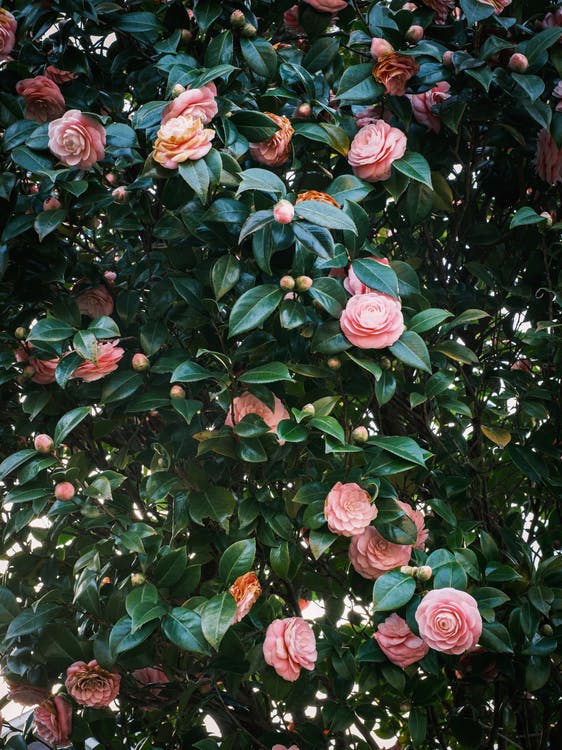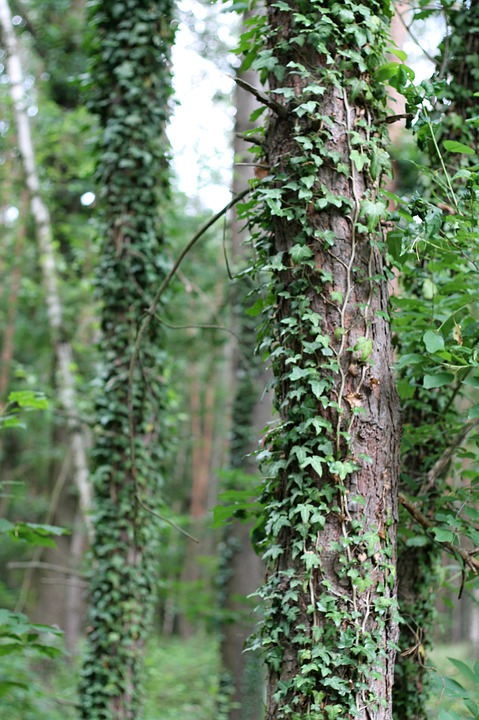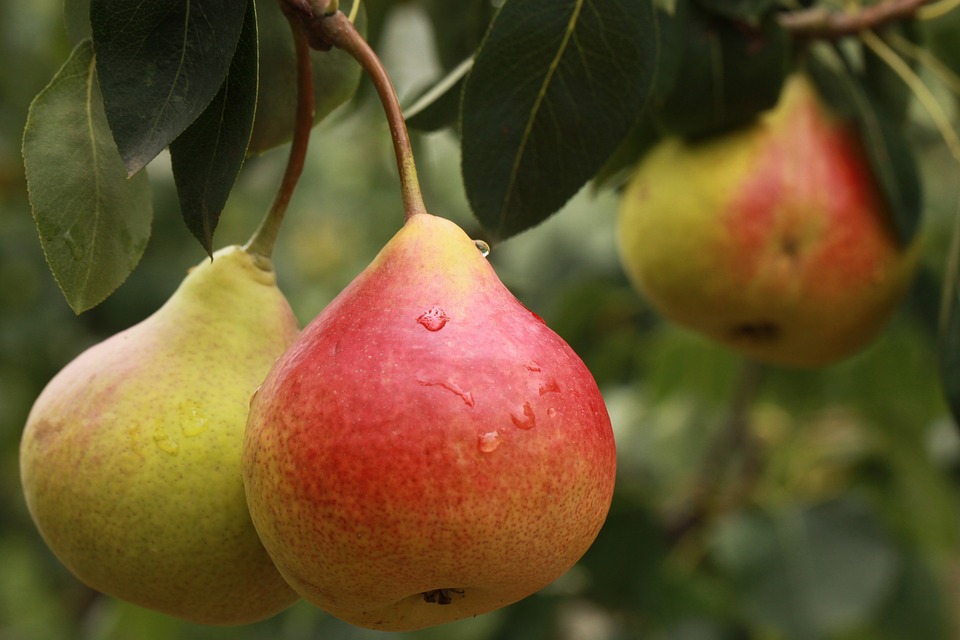Growing and Caring for Climbing Roses (Part 1)
Climbing roses have long, flexible branches, which allow them to be trained on support. Climbing roses are so called because of the length of their branches, which can reach and exceed 10 m.
The name is misleading, as ‘climbing’ roses do not climb by themselves, unlike a Virginia creeper or clematis. The gardener must permanently attach the branches to support as they grow to gradually cover a vertical space, wall trellis, pergola, etc.
The vigour of climbing roses is not the same for all varieties. Thus, while the smallest climbers do not exceed 2 m in height, the largest can produce branches of about 4 to 5 m.
Rambler roses are exceptional climbers. With very long, thin, flexible and thorny branches, they “climb” and cling to their support, particularly in the branches of trees.
Planting climbing roses
Where to plant it?
The rose is a plant that likes the sun. This is particularly true of these roses, which grow high up and are therefore more easily exposed to the sun. So avoid walls and supports facing north and east. Beware, sunshine does not mean a heat wave that could burn flowers and foliage. In the south of France, a half-shade position during the hottest hours of the summer is preferable.
Like all roses, climbers are especially afraid of soil that is too wet in winter and limestone soil. Please keep them in well-drained soil in winter, but cool in summer.
Both climbing roses need vertical support. This can be a trellis or a network of wires stretched over a wall, but also a pergola, an arbour, a garden shed, a fence, a post, a tree, etc.
Smaller climbers may be able to grow in a large container (but this is not their cup of tea).
When to plant climbing roses?
In containers, climbing roses can be planted all year round, except in periods of frost or drought.
If they are bought bare-rooted, they should be planted at the beginning of winter, so they have time to establish their roots before the following summer.
How to plant it?

The climbing rose appreciates loosened soil to launch its roots and anchor itself well in the ground. Make a hole at least three times as wide as the volume of the root ball or clump. A depth of 40 cm is sufficient. The top of the root ball, or the collar, should be flush with the ground. Check this with a stick or bamboo that is thrown across the hole. Then fill in the gap completely, packing lightly.
With the unavoidable excess soil, form a sausage around the initial hole. This will hold the water and force it to soak the ground at the roots. Water immediately after planting, even if it is raining, to bring the soil into contact with the roots. Allow at least one large watering can per rose.
When planting along a wall or at the foot of a tree, plant the climbing rose at least 50 cm from the support. It will find more moisture there and compete for less with the support roots.
Good to know: pralinating the roots consists of immersing them in liquid mud to form a kind of gangue that prevents them from drying out once in the ground. This facilitates the rapid development of new rootlets. A long time ago, this praline was made of cow dung and clay soil. Nowadays, it is a simple powder you can buy in the shops, which you dilute with water. Just as effective, but without the smell! This operation is only carried out on bare-root climbers, immediately before planting and after dipping them in water.
Cultivation and maintenance of climbing roses
If planted in winter, the base should be butterflied, i.e. soil should be brought up along the branches to a height of about 12 cm, without compacting, to cover the graft, and the branches should be protected with a winter cover.
If the climbing rose is planted in spring or summer, there is no need for cold protection, but it should be watered every day for a month after planting to ensure that it does not suffer from drought. After that, weekly watering is sufficient until the following winter.
Climbing roses, therefore, require a lot of water in the months following planting to feed their extensive, even developing, growth until their roots can do the job. Always water at the foot with a watering can, hose or drip, as the moisture on the foliage caused by watering in the rain can cause sunburn and encourage the development of fungal diseases. Don’t forget to mulch at least 60cm around the rose to keep the roots cool and prevent unwanted weeds from growing. The best mulches for these roses are cocoa husks or compost…
In the following years, the roots are sufficient to feed the climbers without the need for watering.
In our following article, we will see:
- Pruning the climbing rose;
- Diseases and pests;
- Multiplication of the climbing rose
See you next time!






2 Comments
[…] and welcome back! You are reading this post because you liked our previous post on Growing and Caring for Climbing Roses (Part 1). This article will […]
[…] You can try applying weed killer on the affected spaces for larger areas. For smaller areas like flowerbeds, you can pull out the weeds manually or use a weeding […]